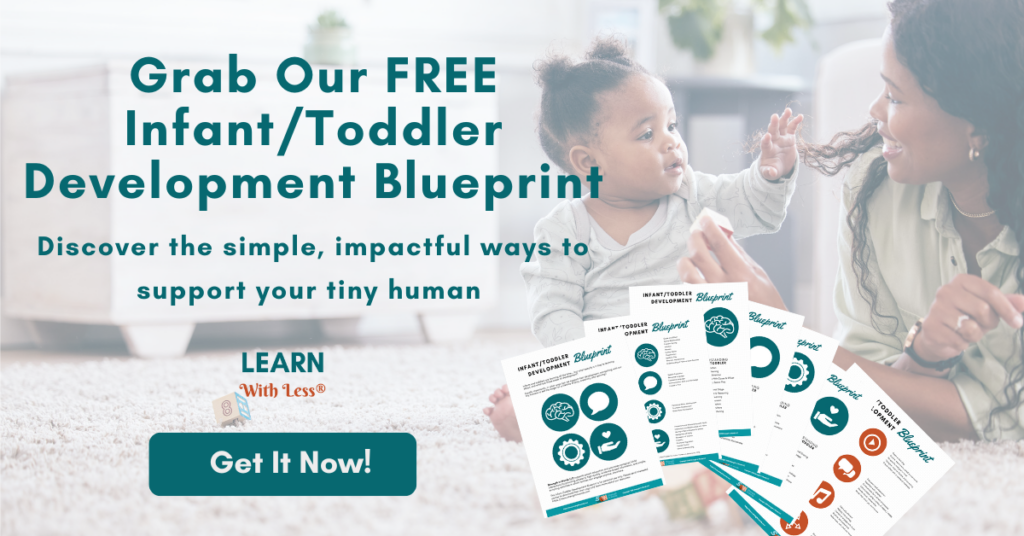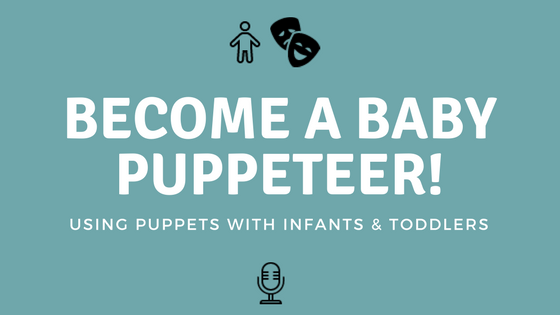Puppets: they’re not just for magic shows! A powerful learning tool

Puppets are singular in their diverse ability to entertain, teach and connect. In this episode of Learn With Less, Ayelet explores the merits of puppets and the ways we can use them in play!
Below is the transcript of this episode’s “Developmental Thought,” an excerpt from the full episode.
For additional information, music, play ideas and the complete interactive family experience, please listen to the entire episode.
Let’s go back now to the use of puppets. We touched upon their interactive nature, and their natural capacity to promote “joint attention” skills and social interaction.
Using them with young children in song or rhythmic chants is a wonderful way to utilize their ability to entertain and teach.
>>Don’t Miss Our Corresponding Blog Post!<<

They are very useful tools to encourage creative play and vocabulary development – and can be great for you as a parent to help you feel comfortable being silly, which, as we’ve discussed in previous episodes, is a really useful way to keep your child engaged and enhance the interaction.
Wherever You Want Them To Be
Since they come in all shapes and sizes, puppets can become characters in reading activities by acting out parts of the story, they can provide an entertaining distractor for little hands to reach and hold as baby becomes more wiggly and mobile.
Puppets can help your baby to stay entertained – during care routines (which we know are more emotionally satisfying for your little one when there is interaction and participation on both your parts), or while on the go. You can use smaller finger puppets in the stroller, car, public transportation…
They can play peek-a-boo, sing silly songs, or tell stories. They can be used to focus on or talk about specific vocabulary, such as body parts or action words (the puppet can point to its own body parts or your baby’s) or can act out actions like crawling, dancing, eating, etc. There is truly no limit to their use.
Open-Ended, Lots of Love
And that, right there, is another reason why I love them. Puppets are open-ended toys. There is no specific way to use them that’s “correct,” they can be used and enjoyed in very different ways by a child who is three months or three years old. They promote interaction (without human involvement, they do just sit there!)
And the more playful, creative, and silly you can help them to be, the more enjoyment, bonding, and naturally fun learning time you can have together with your young child. I plan to bring you more DIY puppet-making ideas in future episodes.
But I want to dedicate this episode and the “Dishwashing Glove Puppet” to my mother, who continued to pass down the tradition of “Endig, Wendig, Featherwick, Weatherwick, Bumpus, Little Pea, Patty Lou, Lulu Whistle, Whistle Nozzle, and Kadabowobble-wobble” from her great aunt Marie, to my son, who now gets a big smile on his face every time he sees a yellow glove, and starts to giggle the words, “Kadabowobble-wobble.”
Happy Mother’s Day, to my mother, and to all the mothers and incredible caregivers, future parents, and adoptive and step-parents out there listening. I’m thrilled to be part of your family’s experience.
Connect With Us:
Ayelet: Facebook / Instagram / Pinterest

